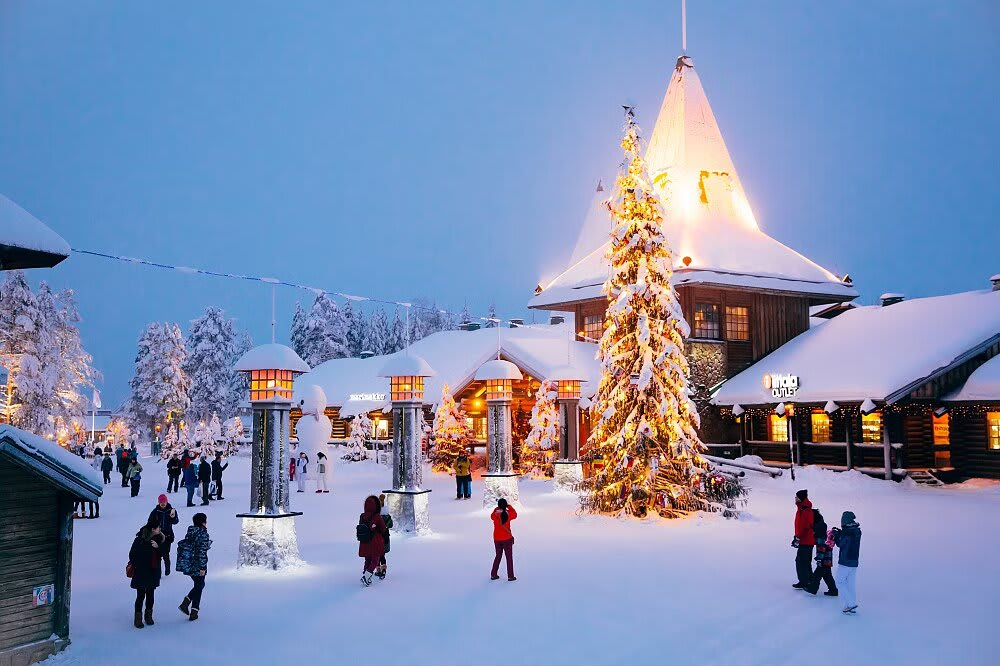
Christmas in Lapland: Ultimate guide to the best Arctic adventures
Experience the magic of Christmas in Lapland, where Northern Lights, Santa’s village, and Arctic adventures create an unforgettable winter wonderland.
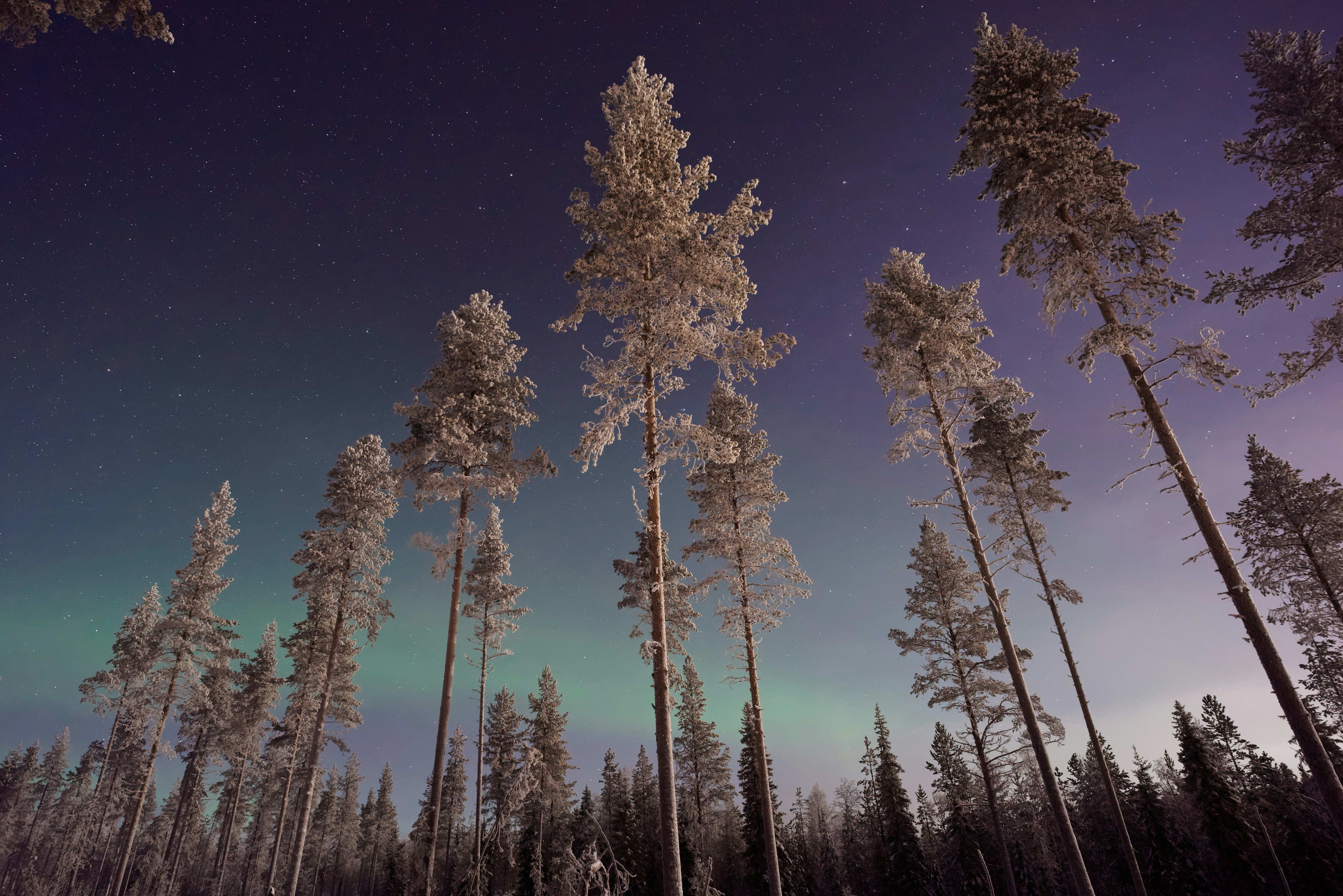
When we think of Lapland, we usually think of the cold, Father Christmas and the Northern Lights. After all, these elements are characteristic of this region! But many people don't know exactly what Lapland is.
Welcome to Manawa, the website for booking outdoor activities around the world. From diving to canyoning, we connect adventure enthusiasts with professional local instructors to guarantee unforgettable experiences.
If you're planning a visit to Lapland, you may have a few questions. Where exactly are Lapland's borders? Which countries does it extend into? Who lives in Lapland? And what wildlife can you find there? Of course, there are the must-visit towns in Lapland: Rovaniemi, Tromso and Kiruna. However, outside these towns, Lapland is a wild and unspoilt region with wide open spaces.
In a few words, Lapland is a transnational Arctic region. It is a homogenous territory in terms of culture, nature and climate. Nevertheless, several countries make up the region. So there are also a number of differences that have been created in this area. So if you want to visit Lapland outside its cities, you're bound to wonder which Lapland to visit.
Our article will answer all your questions! So get yourself a hot drink, we're taking you to discover the Far North!
First of all, let's look at what's common to the whole of Lapland. What exactly is Lapland?
To fully understand Lapland, it's important to know exactly where it is geographically.
Lapland is a region in Northern Europe, located partly beyond the Arctic Circle. The region stretches across several countries: Norway, Sweden, Finland and Russia (on the Kola Peninsula). Vast and wild, Lapland covers some 400,000 km².
The region is bounded by a number of natural borders. To the north and west, it is bordered by the North Atlantic and the Norwegian Sea. To the east lies the icy Arctic Ocean and the Barents Sea. Finally, the Gulf of Bothnia lies to the south of Lapland. Apart from these natural boundaries, there are no official borders that clearly define the territory.

Lapland is characterised by its subarctic climate. This means that winters are long, cold and snowy, while summers are short and mild.
Winter generally runs from November to March. During this season, average temperatures fluctuate between -10°C and -20°C, and can drop as low as -30°C. Snow falls heavily and a phenomenon unique to the Arctic region occurs above the Arctic Circle: the polar night. The sun does not rise at all during December and January due to the tilt of the earth. This phenomenon is gradual, and the closer you get to the poles, the longer the polar night lasts.
From April to May, spring brings temperatures averaging around 0°C to 10°C, gradually melting the snow. Nevertheless, the snow can sometimes persist into May. Light is also gradually returning.
Summer in Lapland lasts just 3 months, from June to August. Temperatures vary between 10°C and 20°C, with occasional peaks above 25°C. Precipitation is moderate and often rain. Then the opposite phenomenon to the polar night occurs: the midnight sun. For several weeks, a continuous light bathes Lapland because the sun never sets. It remains low on the horizon, giving the impression of a constant sunset.
From September to October, temperatures drop again, averaging between -5°C and 10°C. The leaves of the trees take on the vibrant orange colours of autumn, while the days shorten into winter.
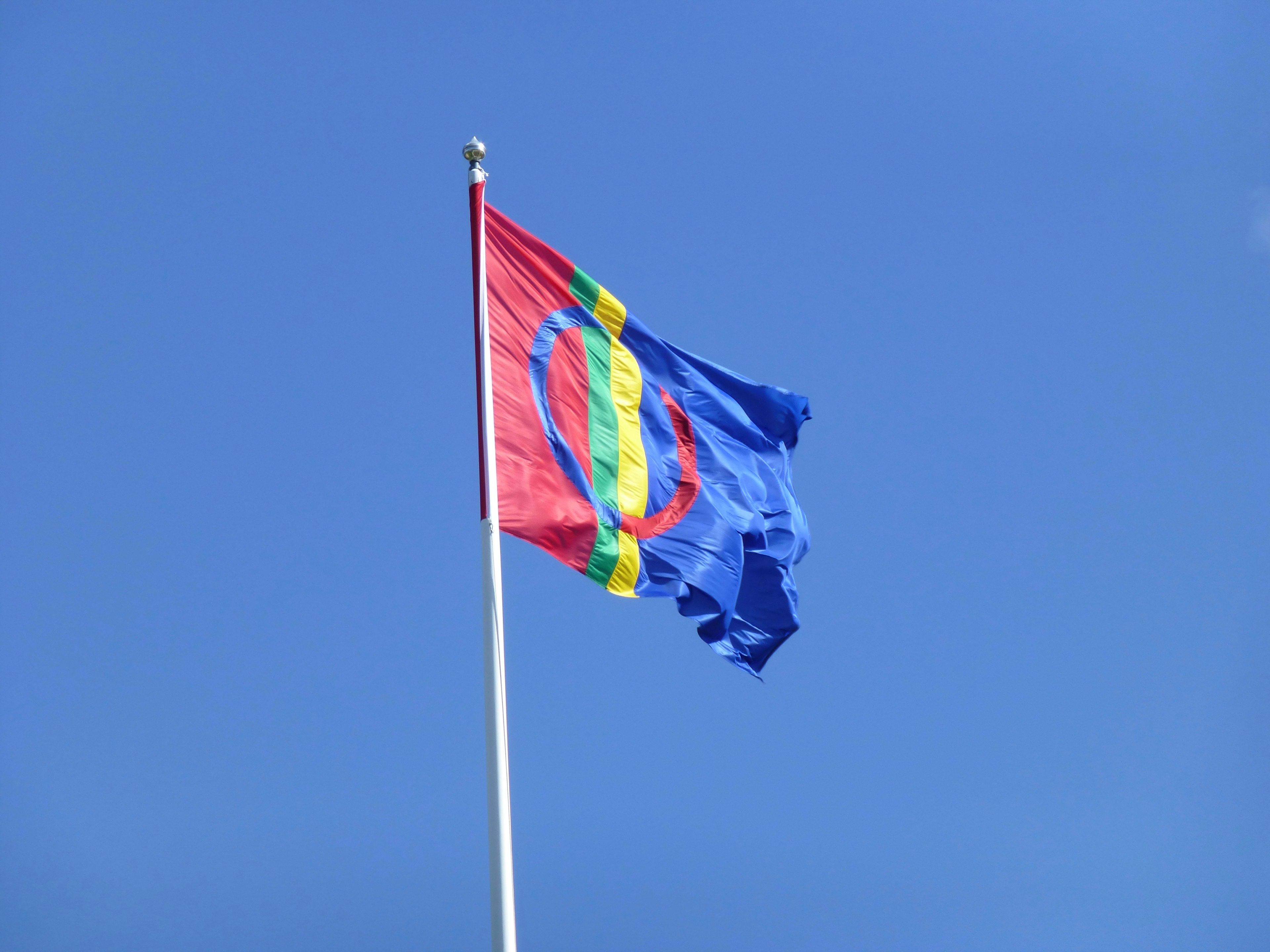
Even before the states drew the borders that separate the Nordic countries of the region, Lapland as a cultural and ethnic region already existed. As well as being a homogenous region in terms of its climate, flora and fauna, it is also the homeland of an indigenous people: the Sami. Today, it remains a united ancestral land despite its transnational dimension, covering the 4 countries of Lapland. The Sami have their own language, culture and traditions.
The Sámi call their territory "Sapmi". Although this territory is partly the same as that of Lapland, it is nevertheless different. The term Sápmi is used by the Sámi themselves to refer to their traditional land. On the other hand, the term "Lapland" is often used to refer to a tourist and administrative region.
Traditionally, the Sámi lived from hunting, gathering and fishing. They then began to breed reindeer, and are largely known for it today. Indeed, reindeer are central to their culture: the Sámi make tools from their antlers, warm clothes from their fur and eat their meat.
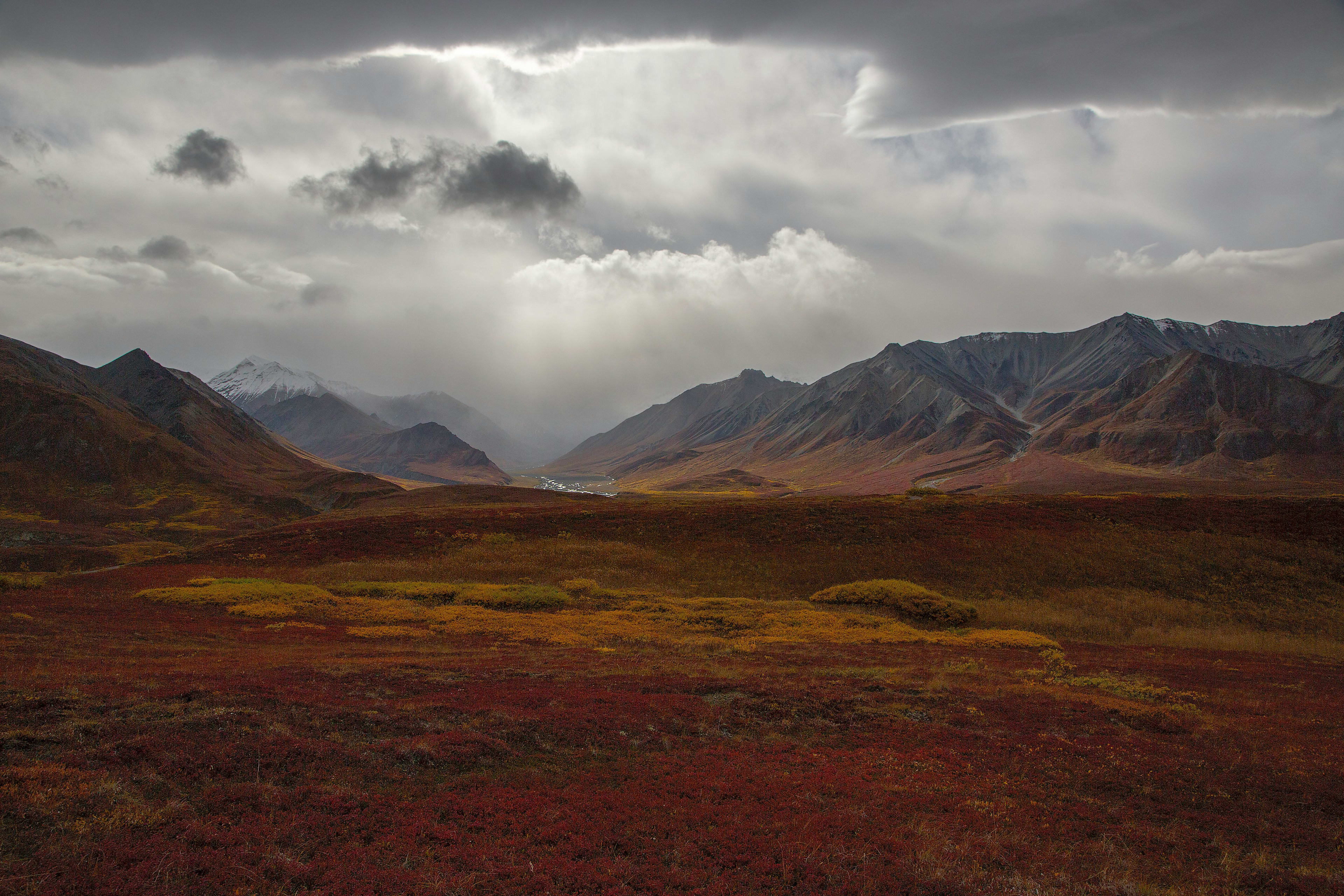
Lapland's extreme climate can make it difficult for plants and flowers to thrive. A large part of the land is covered by low-lying vegetation, which prevents it from drying out due to the wind and cold. This is the tundra.
The tundra is made up of mosses and lichens. This climate-adapted vegetation is particularly appreciated by reindeer, which are big consumers of lichens. There are also cold-hardy grasses such as tundra grass (Arctagrostis latifolia) and even a few flowering plants such as Alpine gentian (Gentiana nivalis). Finally, dwarf shrubs such as bird's sorb (Sorbus aucuparia) and dwarf bilberries (Vaccinium vitis-idaea) are also typical of Lapland.
In addition to this low-lying tundra vegetation, there are also large tracts of forest in Lapland. There are boreal forests (also known as taiga), mainly composed of conifers such as Scots pine (Pinus sylvestris), spruce (Picea abies) and dwarf birch (Betula nana). The taiga is a biome with a low diversity of flora, but it nevertheless plays an important role in regulating the global climate.
Tundra and taiga make up the majority of Lapland's vegetation. However, there are also mountainous regions with alpine ecosystems, areas of peat bogs, sub-alpine meadows and coastal zones.
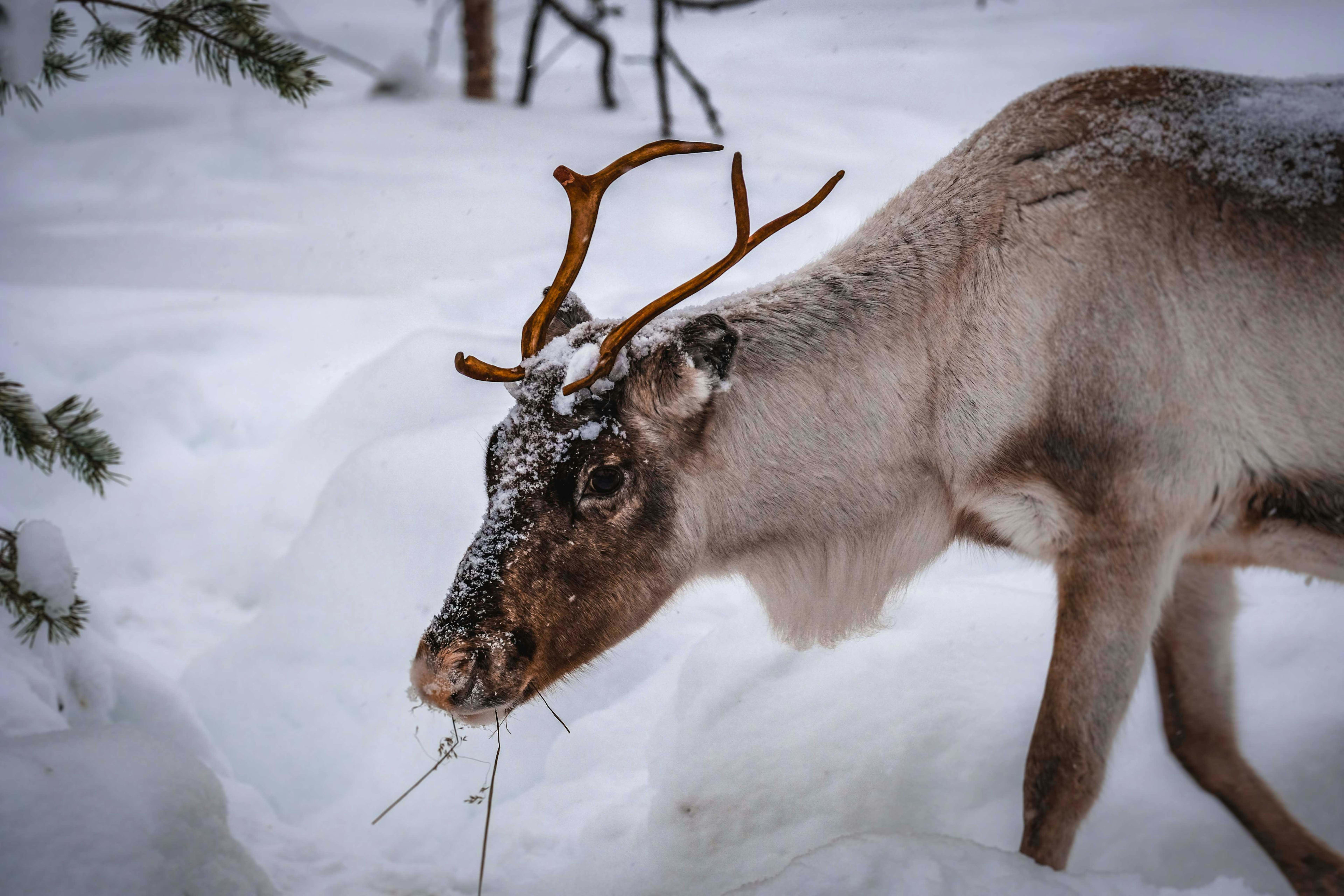
The flora of Lapland and its subarctic climate are home to an ecosystem typical of the polar regions. Although the weather conditions are extreme, some animals are perfectly adapted to them. On the other hand, other species, such as migratory birds, leave in winter and remain in Lapland only in summer. Depending on the season, Arctic flora and fauna can therefore change considerably.
Lapland is home to many mammals. There are reindeer, of course, but also elk, wolves and Arctic foxes.
Reindeer are bred by the Sami, but they can also be found roaming freely throughout Lapland. The reindeer is truly a must-see animal in the region, and it's not uncommon to spot one by the roadside or on a nature walk.
The elk is the largest deer in Lapland. It generally roams in the boreal forest or in marshy areas and on the shores. Thanks to their thick coats and fat, elks are well protected from the region's winter temperatures. Their long legs are ideal for moving efficiently through deep snow and marshes.
Lapland wolves live mainly in boreal forests, mountainous areas and tundra. They live in hierarchical packs, led by an alpha couple (dominant male and female). These packs can number from 2 to 15 individuals. Together, the pack members mainly hunt reindeer, elk or hare.
Arctic foxes are adapted to the climate of Lapland. Unlike red foxes, their coat adapts to the season: it turns white in winter to hide in the snow and then brown-grey in summer to camouflage in the tundra! Of course, their coat is also thick and insulating, making them resistant to the cold. Of course, their coat is also thick and insulating, making them resistant to the cold. So while Lapland is a region united by the history of its indigenous people and its climate, flora and fauna, it is also divided by borders.
If you want to discover Lapland, you'll have to decide which one to visit. Norwegian Lapland, Swedish Lapland and Finnish Lapland all have their differences. As you will be in a different country depending on your choice, there will of course be particularities to each national culture. As Russian Lapland is less developed for tourism, we will only mention European Lapland here.
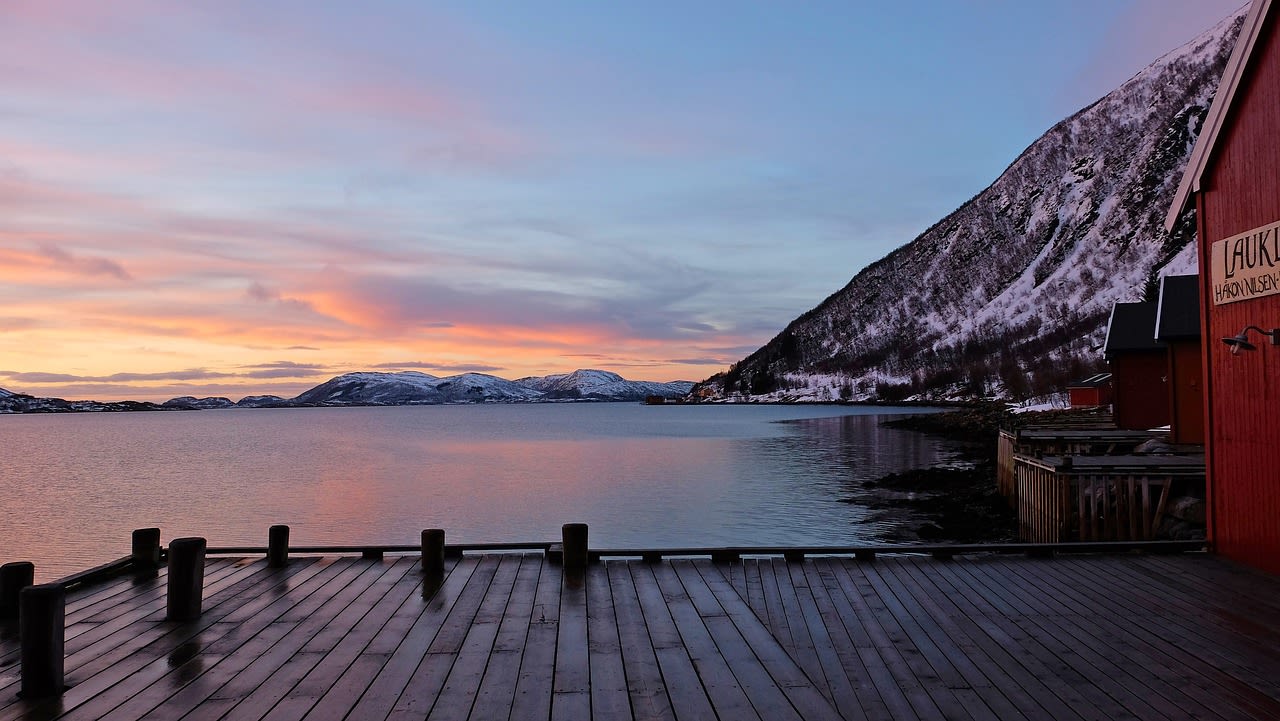
Norway has the second longest coastline in the world after Canada. The 102,937 km coastline is indented by numerous fjords and islands. Norwegian Lapland covers the northernmost part of the country, mainly the county of Troms og Finnmark. This is the only Lapland where you can admire fjords, the Lyngen Fjord being the region's best known. These ancient glacial valleys, now invaded by marine waters, offer enchanting scenery for visitors to Norway. As the country's coastline stretches all the way to Russia, Norwegian Lapland is also the only Lapland where you can stroll along breathtaking white sandy beaches. Sweden and Finland have no coastline in Lapland.
As throughout Lapland, winters in Norwegian Lapland are cold. However, they are less severe than in other parts of the region due to the moderating influence of the North Atlantic Ocean. The presence of the Norwegian coast also has another effect on the climate in Norwegian Lapland: this region receives more precipitation than the inland areas.
From a cultural point of view, Norwegian Lapland is a blend of Norwegian traditions and influences from the Sami culture. By visiting Northern Norway, you will of course discover the traditions of the Sami people. On top of that, you can learn about Norwegian culture. As in the rest of the Nordic countries, the locals enjoy spending time in nature and are focused on equality and social well-being. Once again, what sets Norway apart is linked to its geography: the maritime tradition is at the heart of their culture.
If you choose to travel to Northern Norway, you'll be able to enjoy activities that are unique to the region: boat trips in the fjords, whale watching and mountain hiking (the rest of Lapland is relatively flat).
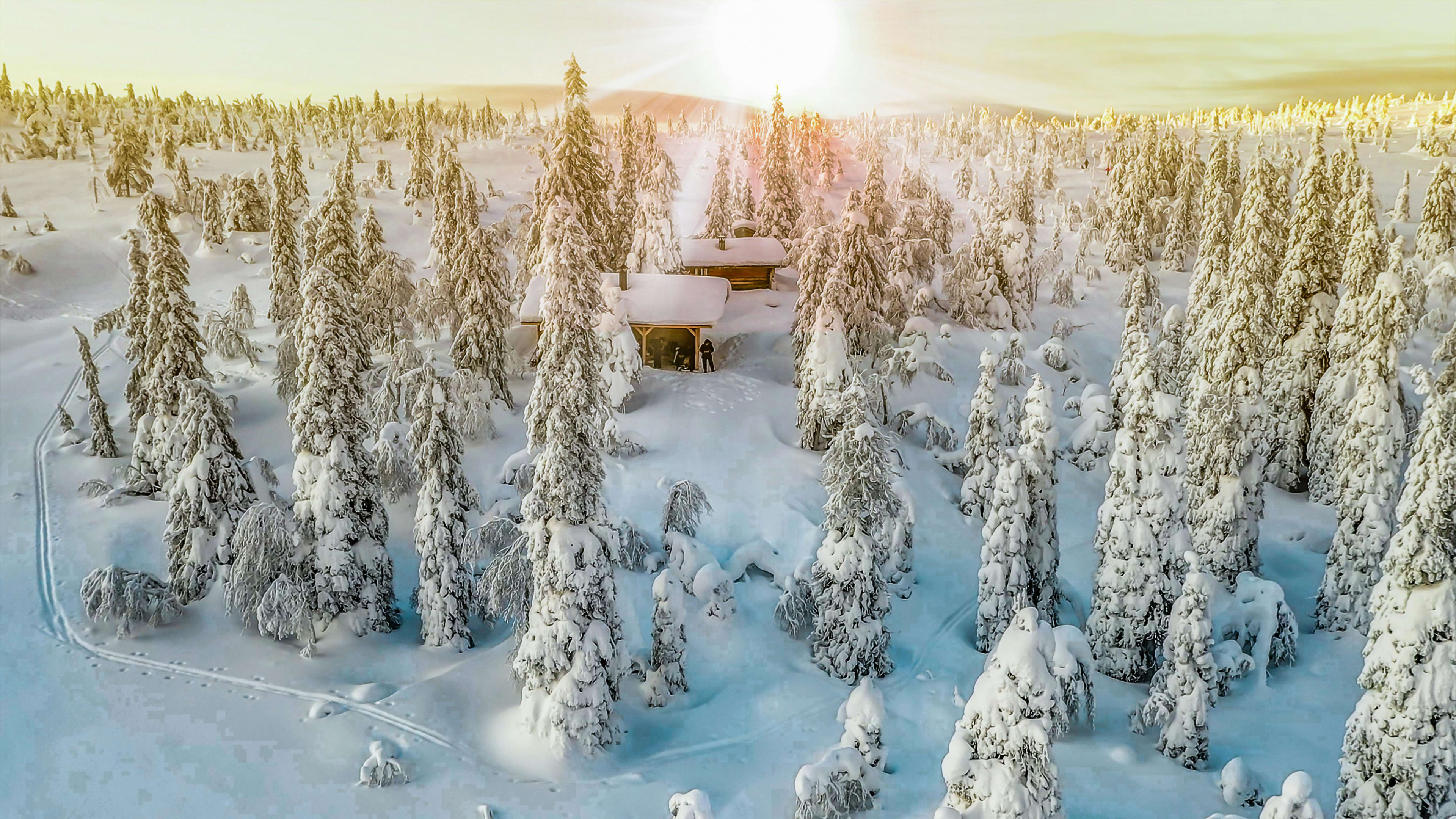
In Sweden, Lapland mainly covers the provinces of Norrbotten and Lappland. The region's landscapes are varied, with the rugged mountains of the Scandinavian Alps to the west and vast tundra plateaux, rivers and forests to the east.
Because Swedish Lapland is further inland, winters are colder than in Norway. Temperatures, for example, can drop below -30°C, whereas they remain between -10°C and -20°C in Norway. Unlike the Norwegian coast, there is generally less rainfall, except in mountainous areas.
In terms of culture, the Sámi are also a significant influence in Sweden. Swedish Lapland hosts many events such as the Jokkmokk market, where Sami traditions, including handicrafts, Joik songs and reindeer herding, are celebrated. Like Norway and Finland, Sweden is known for its commitment to gender equality, human rights and social welfare. Nevertheless, Sweden stands out for a few concepts that are specific to the country: fikka, a traditional coffee break for relaxing and socialising, and lagom, a principle of moderation meaning "not too much, not too little, just right" that applies to many aspects of life.
Visit northern Sweden and try your hand at a host of activities typical of the region: watching the Northern Lights, dog sledding or snowmobiling. As well as these must-do activities in Lapland, there are others more specific to Sweden: with its rivers and lakes, the country is a perfect place for canoeing and fishing. The vast, unspoilt expanses of the national parks are also renowned for hiking in summer (the Kungsleden or 'Royal Way' being the best-known route) and cross-country skiing in winter.
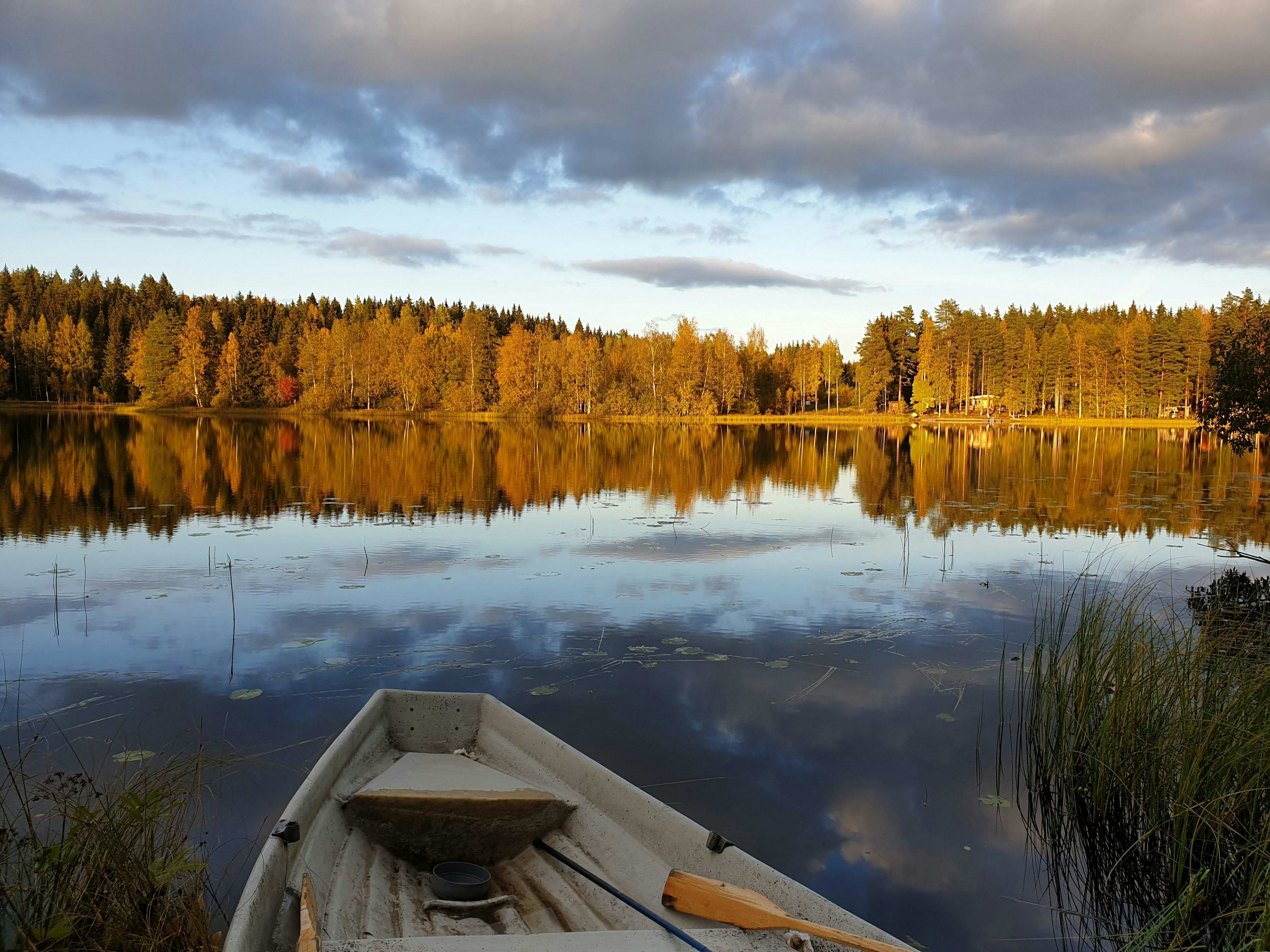
In Finland, Lapland is an administrative region in its own right: it's the largest in the country. You can expect to see vast stretches of forest dotted with lakes. It's not for nothing that the country is nicknamed the Land of a Thousand Lakes! Finnish Lapland is also the flattest part of the country. In fact, the highest point in the country is not even a peak, but a mountainside whose summit is located in Norway. The highest point is at 1,324 metres on Mount Halti in the Scandinavian Alps. However, Finland does have a few hills and mountains, such as Ylläs and Levi.
The climate in Finnish Lapland is fairly similar to that in Sweden. Winters remain very cold, with temperatures dropping below -30°C. As in the rest of Lapland, the phenomenon of polar night plunges the region into darkness for varying lengths of time, depending on the latitude. In summer, the opposite occurs with the midnight sun, and the season remains short and cool.
Once again, Sami culture is deeply rooted in Finnish Lapland. Reindeer herding plays a central role in economic and cultural activities. This blends with Finnish culture, a culture marked by saunas, winter sports and a strong connection with nature. One of the key concepts for Finns is "sisu". This term refers to perseverance, resilience and courage in the face of difficulties. It's a state of mind that drives Finns to overcome obstacles with determination.
If you're interested in Finnish Lapland, you'll be able to discover a typical Finnish activity: the sauna. More than just an activity, it's a real tradition in Finland. Often followed by a bath in a frozen lake or in the snow, the sauna is an essential moment of relaxation and socialisation in the country. Finland, like Sweden, has many lakes, making it the perfect place for canoeing and fishing. Other activities that are typical of the region include snowmobile excursions, skiing, snowboarding and reindeer sledding! Lapland is therefore a transnational region that historically exists as the ancestral homeland of the Sami people. It is a region of unspoilt, wild nature and low population density. United by its Sami culture, subarctic climate and distinctive flora and fauna, Lapland is above all a homogenous region. Now divided by the borders of 4 countries and their geography, Lapland can offer quite different experiences depending on which country you find yourself in.
In the end, if you want to visit the region, whatever your choice, all of Lapland will offer you the perfect experience for watching the Northern Lights, dog-sledding or visiting Father Christmas! If you're more interested in one of the characteristic activities of one of the countries, you can choose your destination according to this criterion. Alternatively, you could ask yourself which country interests you most in terms of landscape and culture. So, Norway, Sweden or Finland? Which will be your next destination?

Driven by a genuine passion for adventure, I love sharing my discoveries and passing on my tips with simplicity and enthusiasm. My goal: to inspire you, guide you, and spark your desire to experience your own unforgettable outdoor moments.